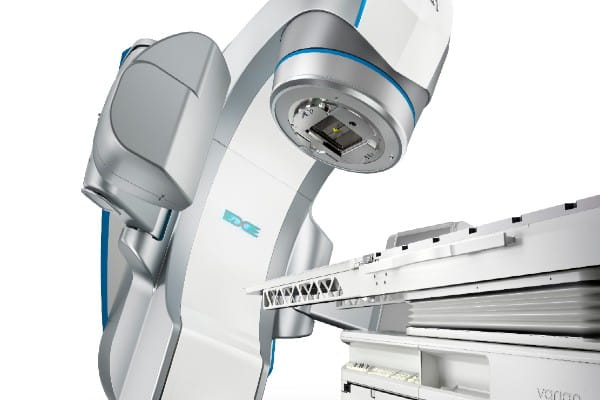Cauda Equina Syndrome Overview
What is cauda equina syndrome (CES)?
Cauda equina is the name of the bundle of nerves and nerve roots that extend from the bottom of the spinal cord in the lumbar area (L1-L5). Cauda equina is Latin for horse’s tail, which reflects its appearance.
When these nerves and nerve roots are significantly compressed or irritated, cauda equina syndrome (CES) can develop, causing pain, leg weakness, numbness and tingling in the groin, genitalia, buttocks and inner thighs. Urinary retention, bladder and bowel incontinence and sexual dysfunction will occur.
True cauda equina syndrome is a surgical emergency and needs immediate medical attention and prompt surgery to address the problem.
Who gets it and when?
The characteristics of people who develop CES vary widely due to the different causes of this condition.
Cauda Equina Syndrome Causes and Risk Factors
What are the causes and risk factors of cauda equina syndrome (CES)?
The most common cause of CES is a large, herniated disc in the lumbar region of the spine. Other causes include rapidly progressing lumbar spinal stenosis from spinal lesions, infections, tumors, trauma, or bleeding into the lower spine.
Cauda Equina Syndrome Symptoms
What are the signs and symptoms of cauda equina syndrome (CES)?
Symptoms of CES can appear within 24 hours, or their onset may be gradual, coming and going over weeks or months. They include:
- Pain in the lower back
- Urinary retention in which the bladder is full, but the individual is unaware of it and unable to void
- Bowel and/or bladder incontinence
- Numbness or tingling of the “saddle” region, including the groin, genitalia and inner thighs
- Weakness in the affected areas
- Sexual dysfunction
- Sciatica, causing pain and weakness down both legs
Cauda Equina Syndrome Diagnosis
How is cauda equina syndrome diagnosed?
To diagnose CES, your provider will usually first review your medical history and conduct a physical exam. Diagnostic imaging may include an X-ray, MRI and/or CT. Another diagnostic test that might be used is the electromyogram, or EMG.
Cauda Equina Syndrome Treatment
How is cauda equina syndrome treated?
Surgical Interventions
Surgery to decompress the nerves is required to treat this condition. The specific approach will depend on the individual anatomy and disc herniation, but usually a lumbar laminectomy or lumbar microdiscectomy will be performed.
Explore other spine conditions


